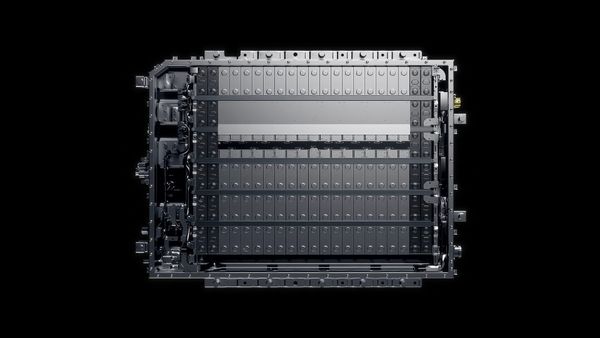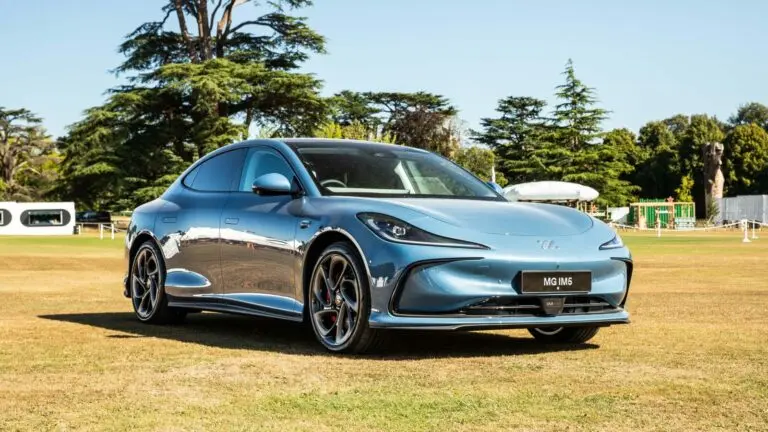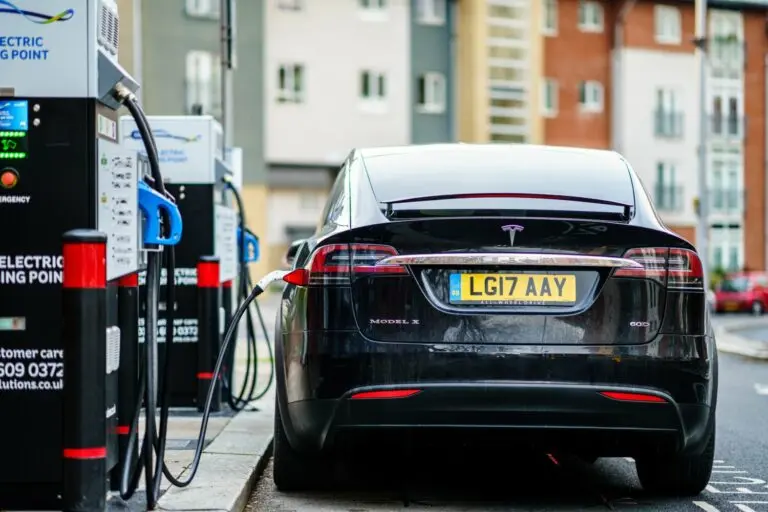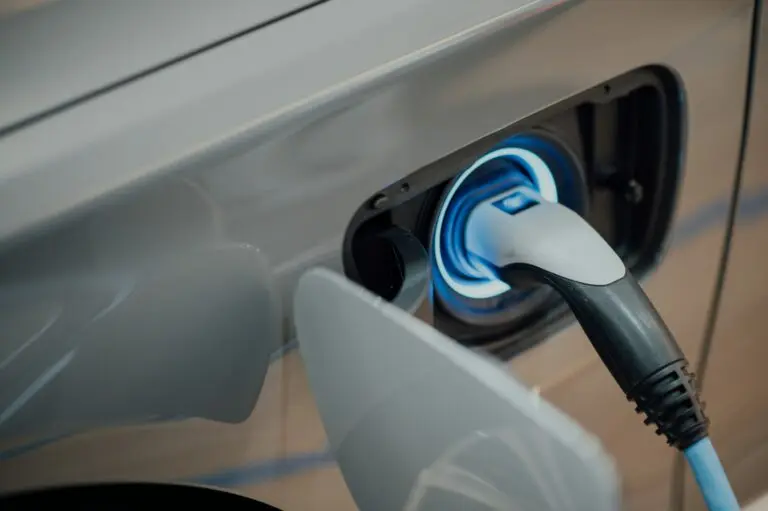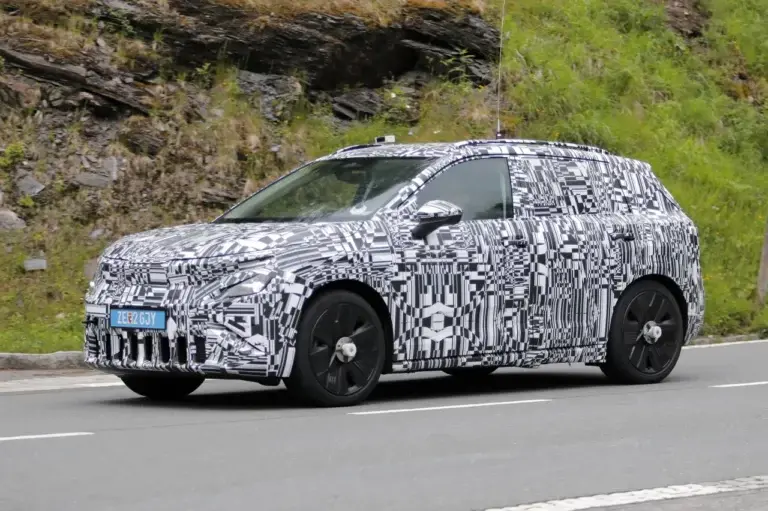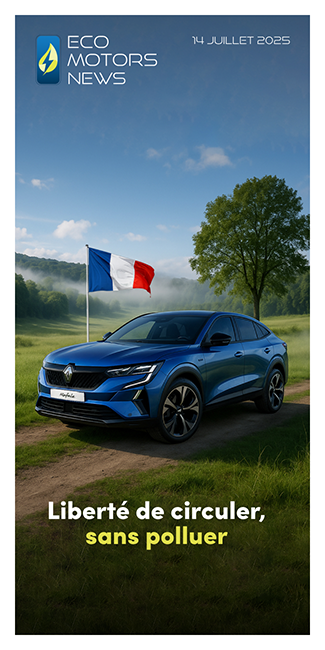After unveiling their latest sodium-ion batteries in April 2025, CATL announced on 28 May 2025 a new advance on its « lithium-metal » batteries. These modifications to the composition of the cells could remove several obstacles to the adoption of electric cars, by improving both range and lifespan.
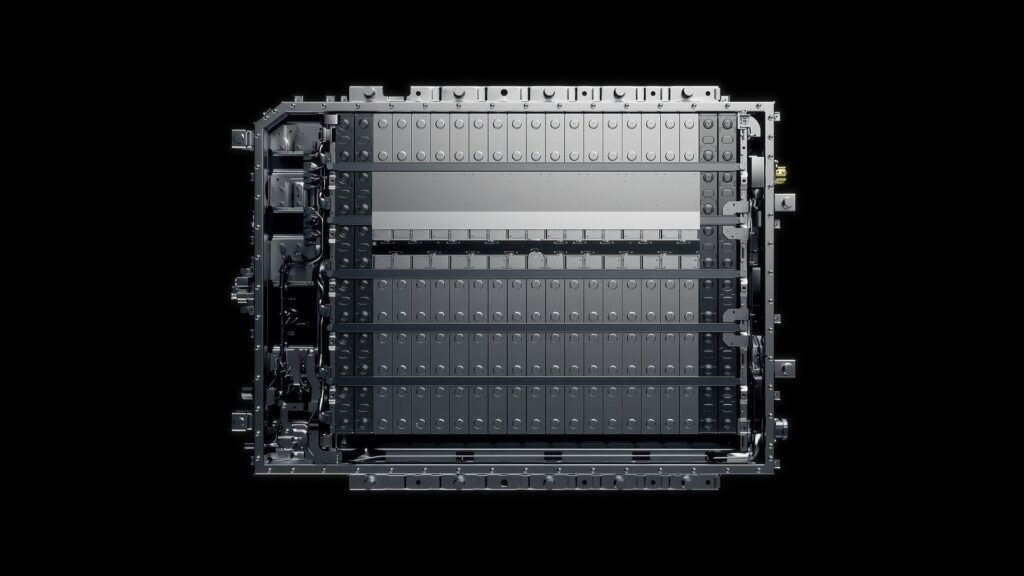
To understand what such a breakthrough represents in terms of electric batteries, it is essential to know who CATL really is. The brands equipped with ‘Lithium’ batteries from this company’s factories are very large. They include Tesla, BMW, Mercedes-Benz, Volkswagen, the brands of the Stellantis group, Hyundai, Ford, Xpeng and even BYD. All these brands together account for around 57% of the global market for electric cars… CATL could therefore supply these new batteries to more than half the market!
A revolution in global auto electrics?
This new ‘lithium-metal’ battery is a radical step forward… Not only has range been doubled thanks to a record energy density of 500 Wh/kg (compared with 250/300 Wh/kg on average), but the battery’s longevity and lifespan have also been significantly improved compared with previous ‘lithium-metal’ batteries. In theory, this new prototype doubles the life of the cells, making it possible to achieve 483 recharge cycles before the battery’s capacity falls below 80%, compared with around 250 cycles previously. The biggest advantage is that the batteries will be able to store much more energy, without being heavier or bigger…
Eventually, this type of battery could enable electric vehicles to achieve mileages comparable to, or even greater than, those of many internal combustion models. However, these « lithium-metal » batteries do offer superior energy density, but they are sometimes limited in time. They face problems of premature wear and tear, particularly with the formation of dendrites and the gradual degradation of the electrolyte. After hundreds of recharging cycles, these dendrites end up neutralising certain lithium cells, which ultimately tarnishes the battery’s performance.
In practical terms, the battery gradually loses its autonomy, and it also becomes more difficult to deliver heavy acceleration or rapid charging without heating up or damaging the battery. Yes, that dead lithium always takes up space and cannot be used by the battery…
There is much speculation as to when the first CATL « lithium-metal » battery-powered vehicles could be put on the road as early as 2026-2027, with a ramp-up to 2027-2028, according to the Australian technology news website Discovery Alert.
How do you go from 100 to over 450 recharges?
Until now, lithium-metal batteries have struggled to exceed 100 recharge cycles before losing performance. CATL has succeeded in pushing back this limit by modifying the composition of the electrolyte (the liquid that allows lithium ions to circulate in the battery). Normally, some of the lithium and salt (LiFSI) present in this liquid is lost with each recharge, which wears down the battery. By better stabilising this electrolyte and forming a thin, more even protective layer inside the battery, CATL has succeeded in limiting these losses and significantly extending the life of its lithium cells.

